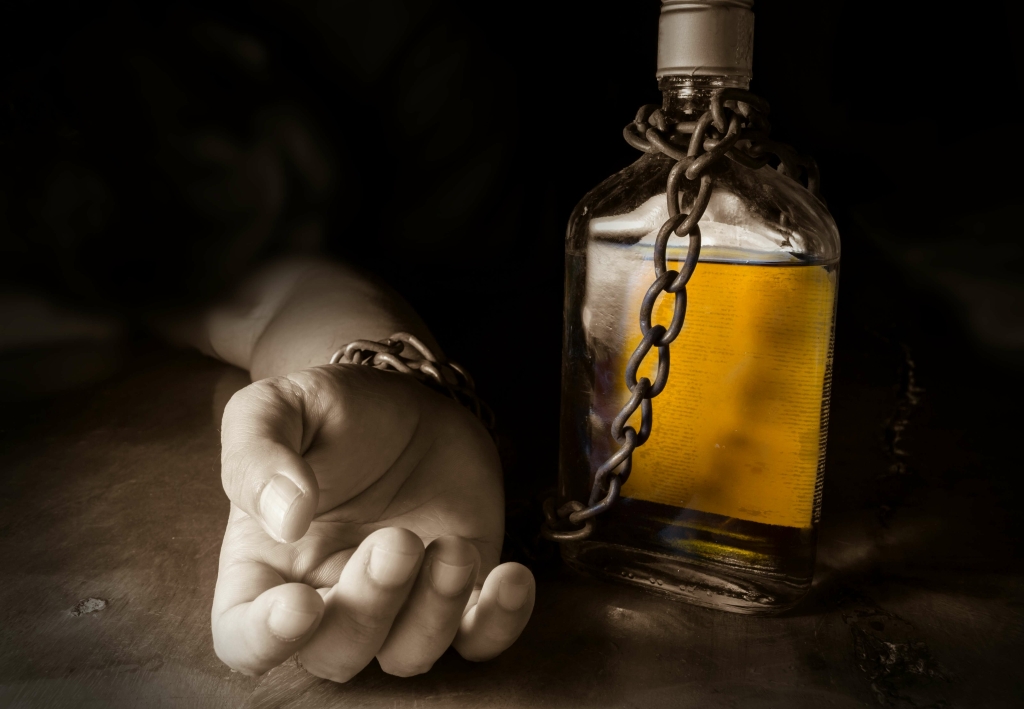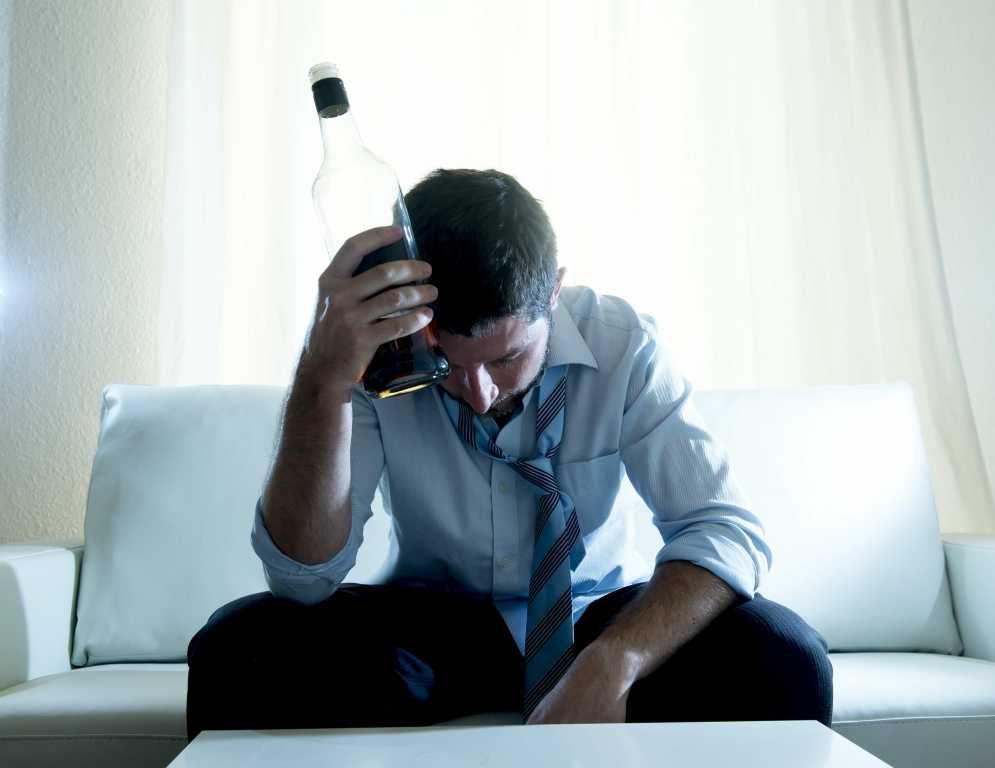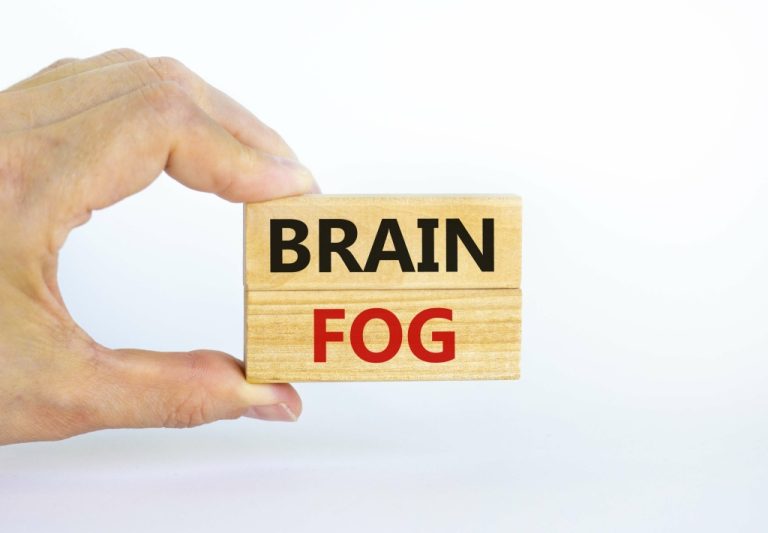Whether it’s substance addiction, behavioral addiction, or process addiction, seeking professional help is crucial for recovery and reclaiming a healthier and happier life. Research has shown that individuals with a family history of addiction may have a higher risk of developing addiction themselves. Genetic factors can influence an individual’s vulnerability to substance abuse and addictive behaviors. However, it’s important to note that genetic predisposition is not the sole determinant of addiction.
Treatment centers implement confidentiality policies that prevent the disclosure of personal details without patient consent, a critical safeguard for professionals concerned about their reputations. Open and non-judgmental communication is necessary for creating a safe environment where individuals feel encouraged to seek help. Ritalin addiction is a condition characterized by the compulsive use of methylphenidate, a stimulant medication typically prescribed for ADHD. Carolina Center for Recovery works with most major insurance providers to make high-quality care accessible and affordable. Detection is typically achieved through immunoassay screenings, followed by gas chromatography-mass spectrometry (GC-MS) confirmation for forensic or clinical accuracy. The usage amount and testing type determines how long crack stays in a users system.
How can you help a person with cocaine addiction?
People who are high on crack might be more likely to have unprotected sex with multiple partners while others may choose to exchange sex for the drug. Meth addiction can be harmful to health, to the extent that it can even be fatal. It’s important to recognize this addiction and seek help for it as soon as possible. Behavioral therapies have proven effective in treating meth addiction and can help you live a substance-free life. However, consistently using meth damages the brain cells that produce dopamine, which can make it harder for the person to achieve the same high over time.
Substance Abuse and Mental Health Services Administration
Both inpatient and outpatient options are tailored to an individual’s needs and assist people with crack addiction to redress the psychological and emotional aspects of their dependency. Detox is the first step in treating crack addiction, focusing on safely removing the drug from the body while managing withdrawal symptoms. The immediate physical effects of using crack can include increased heart rate, elevated blood pressure, and hyperstimulation. Users may also experience dilated pupils, increased body temperature, and intense euphoria. However, these effects are often followed by a severe “crash” that can include depression and fatigue. Jenn is a Canadian writer and poet with a background in psychology, sociology, and natural health.
These strategies are essential for sustaining recovery, particularly for individuals in high-pressure professions. Caffeine addiction is a dependence on caffeine, a widely consumed stimulant found in coffee, tea, soda, and energy drinks. While not as dangerous as other substances, caffeine dependency leads to withdrawal symptoms such as headaches, fatigue, irritability, and difficulty concentrating. Treatment for caffeine addiction typically involves gradually reducing caffeine intake rather than abrupt cessation, along with behavioral modifications and support if needed.
Treatment Options for Addiction
- Rehab facilities that offer dual diagnosis are often staffed with psychiatrists or clinical therapists that can diagnose and/or treat co-occurring mental health conditions.
- It’s often not as simple as expecting a person to stop using it on their own, or thinking they’ll be better if they stop using it for a few days.
- People typically smoke crack by heating it in a glass pipe; however, they may also add it to tobacco cigarettes or marijuana joints.
- Each subsequent use strengthens such changes, enhancing the drug’s allure and heightening the risk of developing cocaine dependence (CD) and eventual addiction.
- Our compassionate team is ready to support you through every stage of your recovery journey.
Calling the number is free and confidential, but treatment services may involve costs depending on your insurance coverage and the level of care required. Browse our directory or reach out to the Substance Abuse and Mental Health Services Administration (SAMHSA) for more information about addiction recovery. While we crack addiction: definition, symptoms, causes, and treatment receive compensation in the form of paid advertisements, these advertisements have absolutely no impact on our content due to our editorial independence policy. Our master’s-level addiction therapists provide expert, compassionate care tailored to your needs.
Crack Cocaine Addiction
- Families identify and support loved ones struggling with stimulant misuse by recognizing warning signs, such as mood changes, secretive behavior, and physical symptoms like weight loss or insomnia.
- A person may also overdose on crack cocaine, especially if they mix it with alcohol or heroin.
- Symptoms of amphetamine addiction include compulsive drug-seeking behavior, increased risk-taking, neglect of personal hygiene, unexplained financial problems, and social withdrawal.
Cocaine, often glamorized as the “caviar of street drugs,” because of how expensive it is, is just as expensive to users. Recovery Guide LLC does not endorse any treatment provider, and we do not guarantee the quality of care, outcomes, or results from any treatment program listed or advertised on our site. All information is provided for informational purposes only and is not a substitute for professional medical advice. The drug is made by taking powdered cocaine and processing it further to produce crack. The environment in which a person grows up and lives influences the risk of developing cocaine addiction. Factors such as peer pressure, exposure to drug use, family dynamics, and socioeconomic status can contribute to the initiation and maintenance of drug use.
Long-term treatment also provides an opportunity for the individual to physically withdraw from crack while they focus on their mental and emotional rehabilitation. These centers also vary in terms of their provision of amenities which range from basic to luxury options. Long-term inpatient treatment varies in length but typically ranges between 3 to 18 months.
Effects on the Brain
According to the Substance Abuse and Mental Health Services Administration (SAMHSA), more than 432,000 Americans reported current use of crack cocaine in 2022, underscoring its ongoing presence in substance-related health emergencies. As a result, people need to take more of the drug more frequently in order to achieve the same high and prevent withdrawal symptoms. Crack cocaine is also known as “rock,” because it looks like small, hard shards of rock. We founded the Center for Brain Recovery to ensure we remain on the leading edge of mind-body research.
Amphetamine addiction is a condition characterized by the compulsive use of amphetamine which is a class of stimulant drugs that speed up brain function, causing increased energy, focus, and euphoria. Symptoms of amphetamine addiction include compulsive drug-seeking behavior, increased risk-taking, neglect of personal hygiene, unexplained financial problems, and social withdrawal. Modafinil addiction, while less common, involves the compulsive misuse of modafinil, a medication prescribed to promote wakefulness in individuals with narcolepsy, sleep apnea, or shift work sleep disorder. Symptoms of Modafinil addiction include compulsive drug-seeking behavior, increased risk-taking, neglect of personal hygiene, unexplained financial problems, and social withdrawal. Crack cocaine addiction is a severe form of cocaine addiction, characterized by the compulsive use of crack cocaine, a smokeable form of the drug that produces a rapid, intense high.
Medical detoxification and professional therapy provide physical and psychological stabilization for patients, but the outside world will always have stressors that can reignite a desire for crack cocaine. Since the treatment involves abstaining from the drug, the person may experience withdrawal symptoms such as fatigue, severe depression, anxiety, psychosis, and intense cravings for the drug during the detox process. In fact, it is a man-made drug that was originally developed in the early 20th century for medical purposes and was used as a nasal decongestant in inhalers to treat respiratory conditions. Cocaine overdose happens when the drug overwhelms the body, leading to life-threatening effects on the heart, brain, and respiratory system. The main reason for overdose is taking too much cocaine in a short time or mixing it with other substances, which increases toxicity. The symptoms of cocaine overdose are irregular heartbeat, high blood pressure, seizures, difficulty breathing, extreme agitation, hallucinations, confusion, high body temperature, stroke, and loss of consciousness.
Check with your provider to confirm which services, rehab centers, or medications are added, and ask whether preauthorization is required. Despite its addictive nature, recovery is possible, with 75.8% of individuals achieving remission within a decade. Cocaine use disorder occurs when repeated use of cocaine disrupts the brain’s reward system, leading to compulsive behavior and continued use of the drug despite harmful consequences. Common signs of cocaine use disorder include intense cravings, mood swings, paranoia, weight loss, and some physical symptoms like nosebleeds or dilated pupils. The signs and symptoms of stimulant use disorder are physical, psychological, and behavioral changes such as rapid heartbeat, mood swings, and neglect of responsibilities. Common elements of inpatient treatment programs for crack addiction include support groups, cognitive behavioral therapy, and healthcare for co-occurring disorders.



